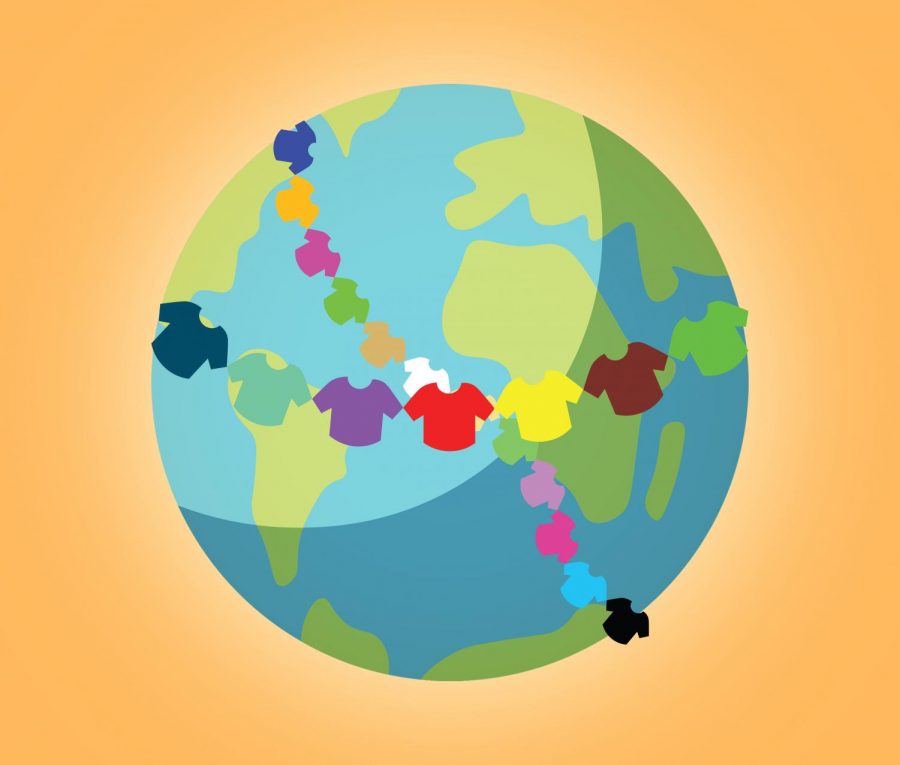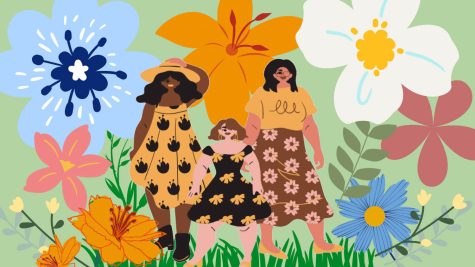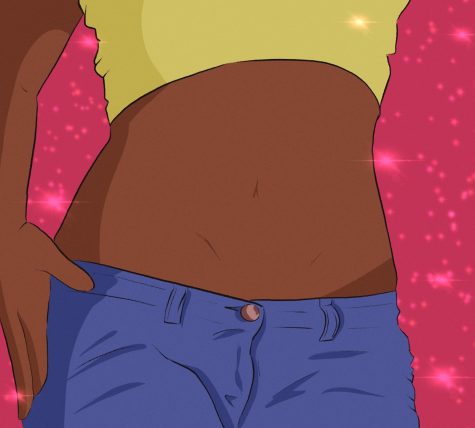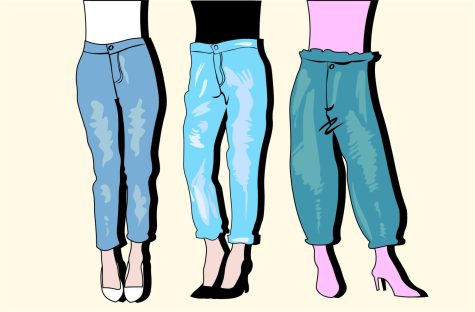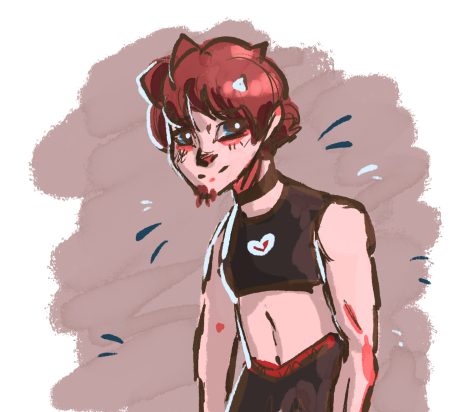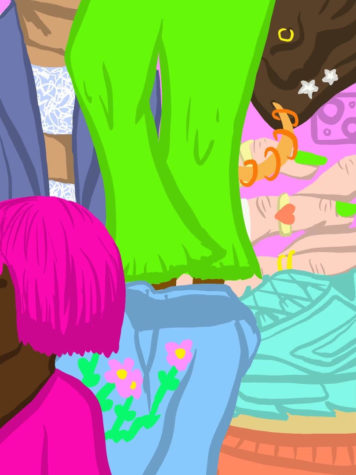Humanity, fashion not mutually exclusive
Ethical buying choices influence world
The production of fast-fashion clothing leads to excess textile waste and horrific environmental impacts.
December 2, 2021
Sustainability in fashion is becoming heavily addressed as many brands start to move away from fast-fashion production models.
Due to environmental and ethical concerns like textile waste and unfair labor laws and wages, fast-fashion companies have been put on blast for their practices. Some consumers and other members of the industry want to see a change.
College students, who are some of the biggest consumers of fast-fashion, find shopping for sustainable clothes nearly impossible because of their high prices. Popular sustainable brands like Reformation have price ranges from $100 to $200 for a single top.
However, many people do not realize there are a variety of alternatives to expensive sustainable fashion brands — they are also better for the environment.
Rebecca Turner, senior apparel, merchandising, design and textiles major, said that there are two ways to purchase clothes more sustainably.
“Number one, there are sustainable brands that sell and make products that are environmentally friendly,” Turner said. “But then there’s also places such as Goodwill, which is secondhand shopping that is cheaper than buying retail price and is a more sustainable way to buy clothing.”
Turner said that she recently bought an entire suit for $1.09 at her local Goodwill. At Nordstrom, a full suit costs around $900.
“Secondhand shopping is one of the best ways to promote sustainability because you’re not buying something new, you are buying something used and it can keep going through its lifecycle so nothing else has to be produced,” Turner said.
Olivia Lewis, junior apparel, merchandising, design and textiles major, said she believes that sustainability can be attainable for college students. However, she does not doubt that it presents a challenge.
“I feel like it’s all about finding balance, especially for college students,” Lewis said.
The industry is growing so much, Lewis said. In 10 years, it is very possible there will be a significant shift in brands to be fully sustainable. In the meantime, students have a huge stake in holding the fashion industry and fast-fashion companies accountable for their unethical standards.
“I do believe it is mostly possible,” Lewis said. “It can be done through thrifting and learning about brands that you already love. A lot more brands are making lines that are a lot more sustainable for the Earth, which is really good.”
Students and young consumers have a massive impact on trends. We decide what is popular, what is out and what the next best things are. We use social media to communicate our personal styles. This gives influencers on Instagram and TikTok power to change the direction of the industry.
Shein is an online fast-fashion company that is popular among college-age students. The brand supports the throw-away fashion culture by adding 500 products to its website each day at very low prices. The brand refuses to share information about where their products are made or any information regarding their supply chain.
Huge clothing hauls from influencers are becoming increasingly popular on social media platforms. Lewis emphasizes that TikTok can tempt people to over-consume on websites like Shein and Zaful when they see individuals doing Shein hauls of around 30 items for $100.
This overconsumption of cute and trendy tops does not take into account the effect of supporting companies that treat their workers so poorly. When we buy from fast-fashion companies, we are telling them that we accept their unethical practices.
It is important to do research on how our clothing is being made and how workers are being treated. Fortunately, there are resources available to make it easier for individuals to find out how ethical their favorite brands are. The app “Good on You” rates brands based on three categories: labor, environment and animal testing or use.
Students do not need to buy a whole new wardrobe of sustainable brands to be more sustainable. If you want to change up your wardrobe, buy second-hand or even try clothing swaps with your friends. The best way we can be more sustainable when it comes to fashion is using what we already own in our closet and to strive for progress, not perfection.

